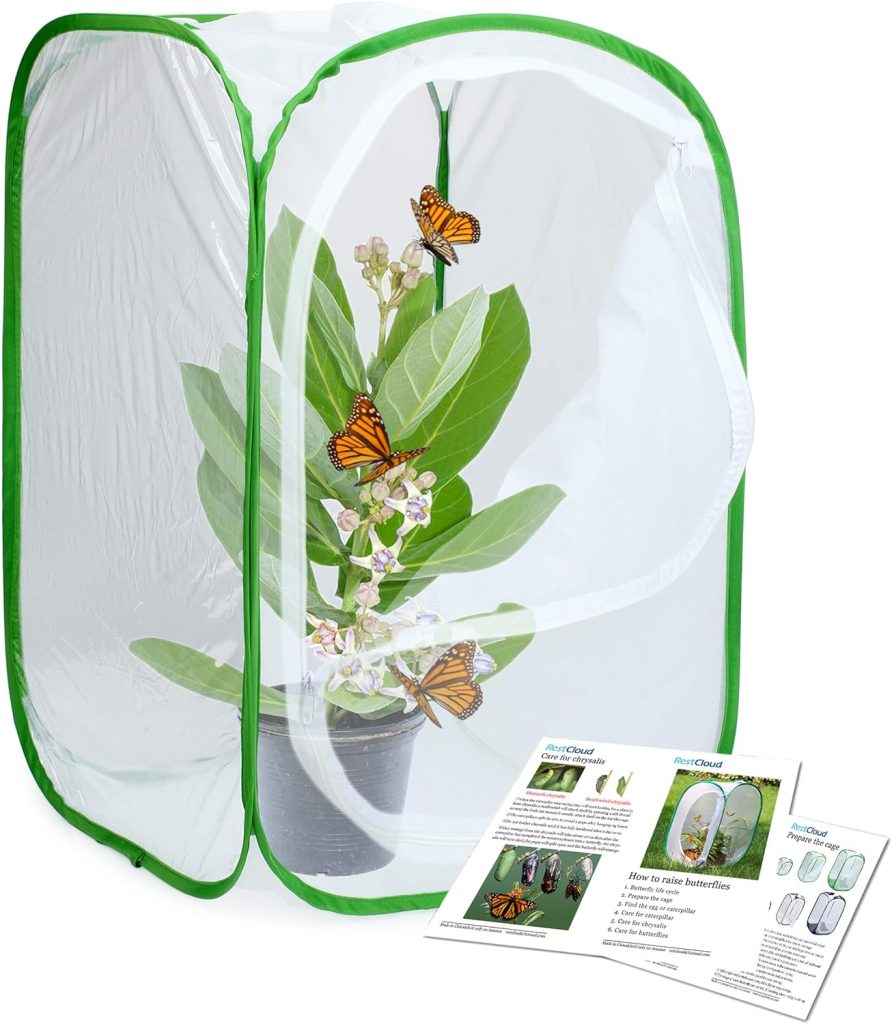Organic Gardening for Pollinators
Pollinators, including bees, butterflies, moths, and other insects, play a critical role in the ecosystem. They facilitate the reproduction of about 75% of flowering plants, including many crops essential for human consumption.
Without these friendly creatures, the diversity and availability of fruits, vegetables, and nuts would significantly diminish. Organic gardening practices are crucial in supporting and sustaining these vital creatures, promoting a healthier environment for both pollinators and plants.
- Biodiversity Enhancement: They contribute to biodiversity, ensuring the stability of ecosystems by supporting plant reproduction.
- Food Security: Many crops, such as almonds, apples, and blueberries, rely heavily on pollination.
- Environmental Health: Healthy pollinator populations indicate a balanced ecosystem, which benefits other wildlife and contributes to overall environmental health.
Practices to Support Pollinators
Organic gardening avoids synthetic pesticides and fertilizers, which can be harmful to pollinators. By adopting organic practices, gardeners can create a safe and nourishing environment for these essential insects.
Plant Diversity and Native Species
- Diverse Plant Selection: Plant a variety of flowers that bloom at different times throughout the year to provide a continuous food source.
- Native Plants: Incorporate native plant species, as they are well-adapted to local climates and are more likely to attract native pollinators.
Avoiding Chemicals
- No Synthetic Pesticides: Use natural pest control methods, such as introducing beneficial insects like ladybugs and lacewings.
- Organic Fertilizers: Opt for compost and natural fertilizers to enrich the soil without harmful chemicals.
Creating Pollinator Habitats
- Water Sources: Provide shallow water sources, like birdbaths with stones, for butterflies to drink from safely.
- Shelter: Create habitats such as bee hotels, log piles, and undisturbed soil patches for ground-nesting bees.
Pollinator-Friendly Practices
- Mulching: Use organic mulch to retain soil moisture and provide habitat for various species.
- Avoid Tilling: Minimize soil disturbance to protect ground-nesting pollinators and maintain soil health.
Designing a Pollinator Garden
Creating a pollinator garden involves strategic planning to ensure it meets the needs of pollinators year-round.
Garden Layout
- Flower Clusters: Plant flowers in clusters to make them more visible and accessible to pollinators.
- Sun Exposure: Ensure that your garden receives plenty of sunlight, as most pollinators are active during the day.
- Wind Protection: Use hedges or garden structures to shield beneficial insects from strong winds.
Plant Choices
- Nectar and Pollen-Rich Plants: Choose plants known for their high nectar and pollen content, such as lavender, sunflowers, and echinacea.
- Seasonal Blooms: Include plants that bloom in different seasons to provide continuous nourishment. For instance:
- Spring: Crocuses, dandelions, and wild cherries.
- Summer: Coneflowers, bee balm, and black-eyed Susans.
- Fall: Goldenrods, asters, and sedums.
Benefits of Organic Pollinator Gardens
Organic gardening for pollinators not only supports these essential creatures but also enhances garden health and productivity.
- Higher Yields: Gardens with healthy pollinator populations often see increased fruit and vegetable yields.
- Natural Pest Control: Pollinators help control pests by supporting beneficial insect populations.
- Environmental Impact: Reducing chemical use contributes to cleaner air, water, and soil, promoting overall environmental health.

